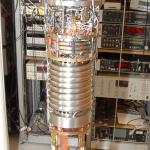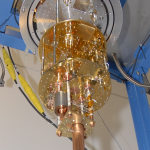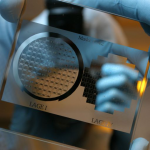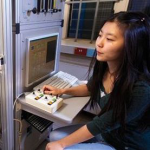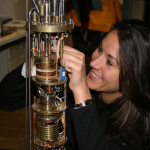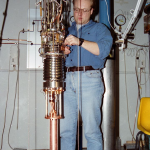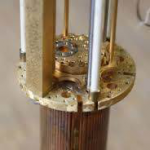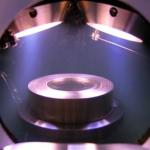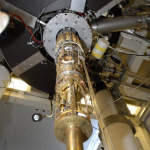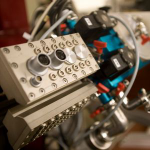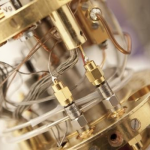Administration of EMP-related Publications
| year | 2010 |
| author(s) | Yu.M. Bunkov and G.E. Volovik |
| title | Magnon Bose–Einstein condensation and spin superfluidity |
| document type | Paper |
| source | J. Phys.: Condens. Matter 22 164210 (2010) |
| doi | 10.1088/0953-8984/22/16/164210 |
| EMP/Horizon2020 | This publication does not include a EMP/Horizon2020 acknowledgement. |
| abstract | The spin superfluidity -- superfluidity in the magnetic subsystem of a condensed matter - is manifested as the spontaneous phase-coherent precession of spins first discovered in 1984 in 3He-B. This superfluid current of spins - spin supercurrent - is one more representative of superfluid currents known or discussed in other systems, such as the superfluid current of mass and atoms in superfluid 4He; superfluid current of electric charge in superconductors; superfluid current of hypercharge in Standard Model of particle physics; superfluid baryonic current and current of chiral charge in quark matter; etc. Spin superfluidity can be described in terms of the Bose condensation of spin waves - magnons. We discuss different phases of magnon superfluidity, including those in magnetic trap; and signatures of magnons superfluidity: (i) spin supercurrent, which transports the magnetization on a macroscopic distance more than 1 cm long; (ii) spin current Josephson effect which shows interference between two condensates; (iii) spin current vortex - a topological defect which is an analog of a quantized vortex in superfluids, of an Abrikosov vortex in superconductors, and cosmic strings in relativistic theories; (iv) Goldstone modes related to the broken U(1) symmetry - phonons in the spin-superfluid magnon gas; etc. We also touch the topic of spin supercurrent in general including spin Hall and intrinsic quantum spin Hall effects. |
